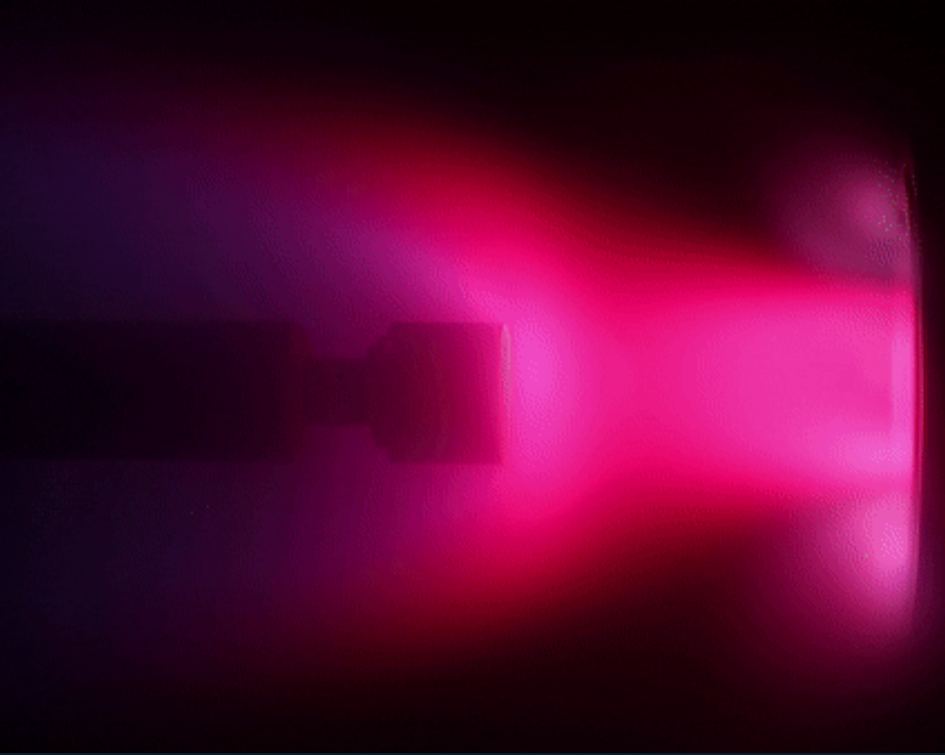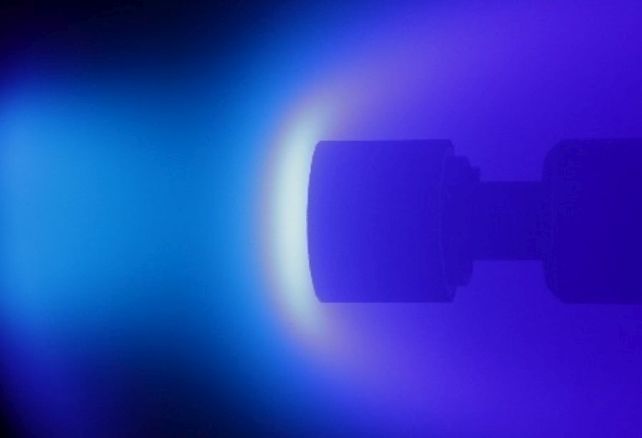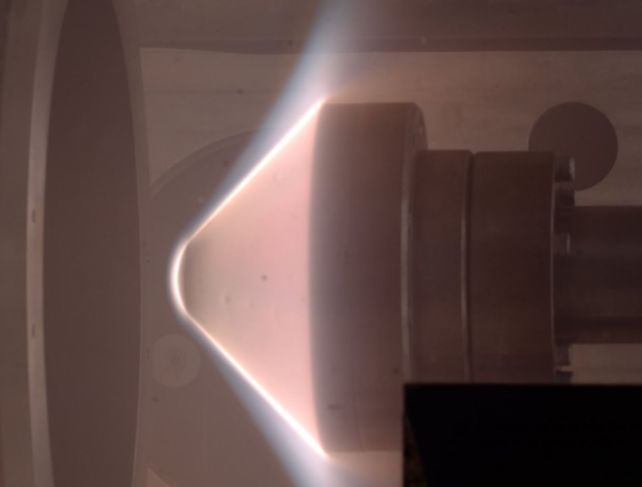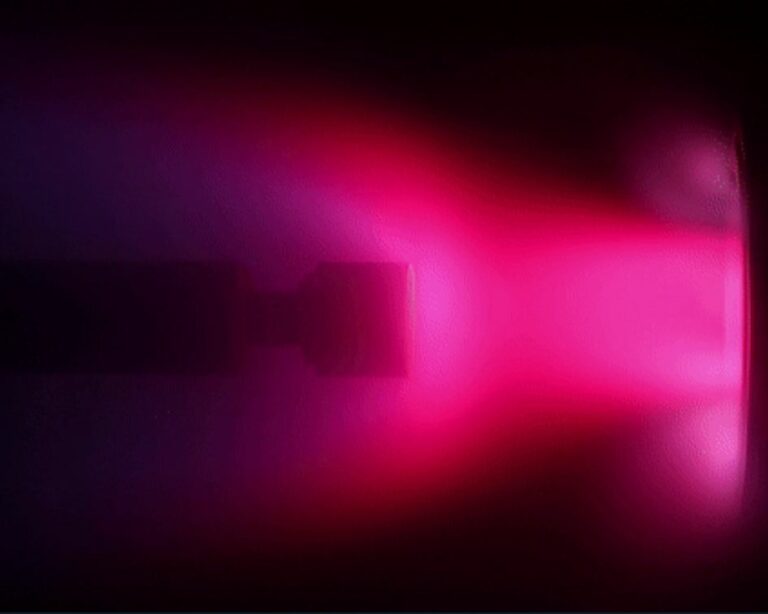Researchers Simulate the Experience of Descending Into Uranus
Employing a high-temperature plasma tunnel, scientists have delved into the experience of exploring the depths of Uranus. While the pungent atmosphere is a known factor, there are additional considerations essential for designing a probe capable of withstanding the challenges inherent in such exploration. Consequently, researchers simulated the atmospheric conditions of Uranus, the Solar System’s distant ice giant, and its nearly identical counterpart, Neptune, in anticipation of potential future missions to these planets.

“The challenge lies in the fact that any probe would face elevated pressures and temperatures, necessitating a high-performance thermal protection system to endure atmospheric entry for a meaningful duration,” explained Louis Walpot, an aerothermodynamics engineer at the European Space Agency. “To initiate the design of such a system, it is imperative to adapt current European testing facilities to replicate the atmospheric compositions and velocities involved.”

The exploration of our Solar System remains an ongoing endeavor. While Mars has undergone thorough examination, probes circling Saturn and Jupiter have significantly enhanced our comprehension of the gas giants. Missions have been dispatched to scrutinize Mercury and Venus, yet Uranus and Neptune have only experienced a brief encounter during the 1980s courtesy of Voyager 2.
Consequently, substantial gaps persist in our knowledge regarding these enigmatic outer planets. NASA and the ESA are intensifying efforts to launch a mission, aiming to address the substantial unknowns surrounding Uranus and Neptune.
Although the two ice giants share similarities, intriguing distinctions exist, including variations in their hues attributed to the distribution of gases in their atmospheres. Moreover, their atmospheres differ significantly from those of Saturn and Jupiter, making the latter inadequate analogs for understanding the intricacies of these differences.

Scientists aspire to send atmospheric probes, akin to NASA’s Galileo mission’s atmospheric entry probe to Jupiter, for an in-depth exploration of the ice giants’ atmospheres from within. However, for these probes to effectively measure and transmit data back to Earth, they must withstand the challenging conditions of the environments they are sent into.
Moving at speeds reaching up to 23 kilometers (14.3 miles) per second, these probes experience elevated temperatures during their descent through the planets’ atmospheres. To address this, an international team of scientists from the UK, the European Space Agency, and Germany devised a subscale entry probe resembling that of Galileo. They employed two distinct facilities to replicate the conditions: the T6 Stalker Tunnel, a hypersonic plasma facility at Oxford University in the UK, and the plasma wind tunnels of the University of Stuttgart’s High Enthalpy Flow Diagnostics Group.
By creating atmospheric analogs using gas mixtures similar to those found on Neptune and Uranus, the researchers subjected their probe to speeds of up to 19 kilometers per second, enabling measurement of the convective heat flux across its surface.

“The [Stalker] tunnel possesses the capability to measure both convection and radiative heat flux and, crucially, to provide the necessary flow speeds for replicating ice giant entry, incorporating traces of CH4 [methane],” explains Walpot. “The tunnel itself operates with a free-piston driver, which can be coupled to various downstream components to function as a shock tube, reflected shock tunnel, or an expansion tube. This adaptability enables a broad spectrum of testing, ranging from subscale modeling to the exploration of fundamental high-speed flow processes.”
On the other hand, the plasma tunnel at Stuttgart stands as the sole facility globally capable of creating conditions essential for studying the effects of ablation and pyrolysis on spacecraft shielding.
With the successful completion of these experiments, researchers can leverage the gathered information to develop sensors that will measure the atmospheres of the ice giants as they delve into the enigmatic depths, starting with Uranus.
This article is republished from ScienceAlert under a Creative Commons license. Read the original article.
Do not forget to share your opinion with us to provide you with the best posts !




0 Comments